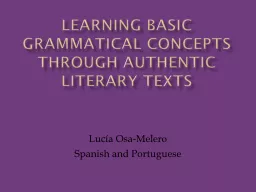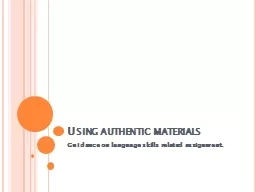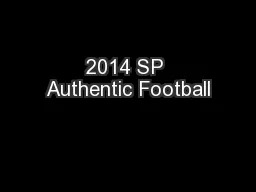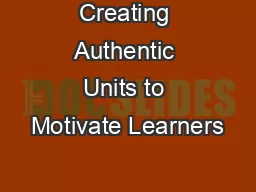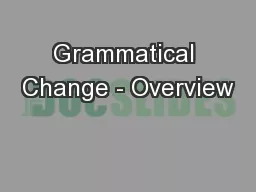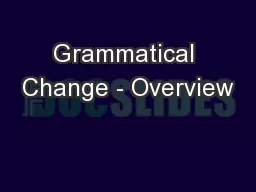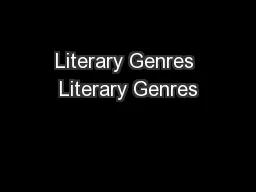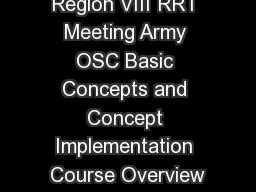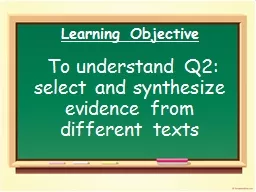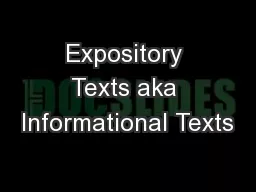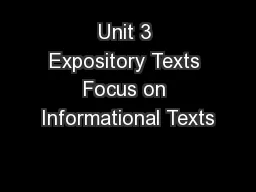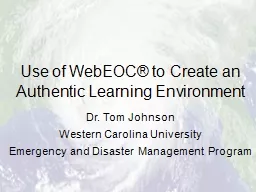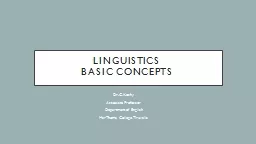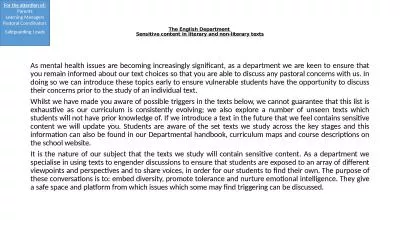PPT-Learning Basic Grammatical Concepts through Authentic Literary Texts
Author : celsa-spraggs | Published Date : 2018-02-15
Lucía OsaMelero Spanish and P ortuguese SPN 327G Advanced Grammar and Composition Bilingual 1 WHO IS A HERITAGE SPEAKER A heritage speaker also called a
Presentation Embed Code
Download Presentation
Download Presentation The PPT/PDF document "Learning Basic Grammatical Concepts thro..." is the property of its rightful owner. Permission is granted to download and print the materials on this website for personal, non-commercial use only, and to display it on your personal computer provided you do not modify the materials and that you retain all copyright notices contained in the materials. By downloading content from our website, you accept the terms of this agreement.
Learning Basic Grammatical Concepts through Authentic Literary Texts: Transcript
Download Rules Of Document
"Learning Basic Grammatical Concepts through Authentic Literary Texts"The content belongs to its owner. You may download and print it for personal use, without modification, and keep all copyright notices. By downloading, you agree to these terms.
Related Documents

